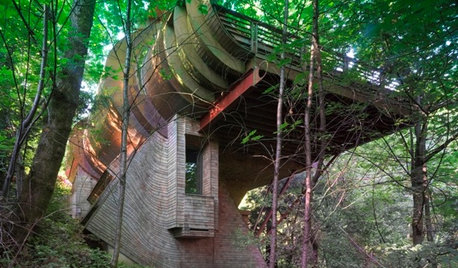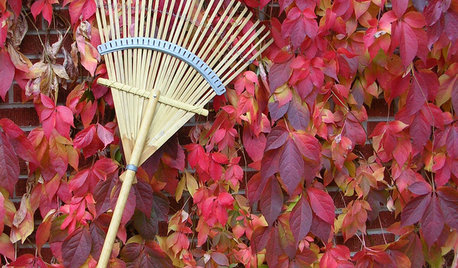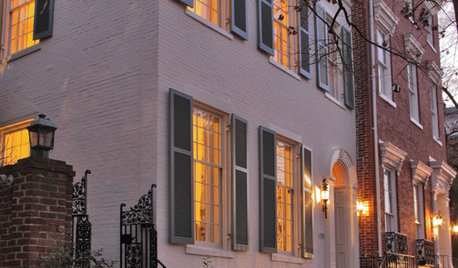DC's largest Ginkgo cut down by accident.
alabamatreehugger 8b SW Alabama
11 years ago
Related Stories

LIFEYou Said It: ‘It’s Different ... But Then, Aren’t You?’ and More Wisdom
Highlights from the week include celebrating individuality and cutting ourselves some decorating slack
Full Story
BUDGETING YOUR PROJECTConstruction Contracts: What to Know About Estimates vs. Bids
Understanding how contractors bill for services can help you keep costs down and your project on track
Full Story
GARDENING GUIDESYour November Garden Checklist
What to do around the U.S. this month to help your garden thrive — when you're not admiring fall's brilliant colors, that is
Full Story
HOUSEKEEPINGOut, Darn Spot! Tips for Removing Carpet Stains
Know the right solutions and when to use them to prevent stains from pets, soda, chocolate, blood and more
Full Story
DECORATING GUIDESTrend Alert: Paint Gone Wild
Give your home an artful touch in drips and drabs, with paint treatments that feel free to splatter and splotch
Full Story
FRUIT TREESHow to Grow Your Own Juicy Plums
Easier than other stone fruits and with a variety of colors to choose from, plums are a versatile garden addition
Full Story
GARDENING GUIDESLet Lilac Love Flower This Spring
Whatever you bestow or receive for Mother's Day, lilacs can be an unmatched gift in the garden in May
Full Story
HOUSEKEEPING7-Day Plan: Get a Spotless, Beautifully Organized Garage
Stop fearing that dirty dumping ground and start using it as the streamlined garage you’ve been wanting
Full Story
MUDROOMSHouzz Call: We Want to See Your Hardworking Mudroom
The modern mudroom houses everything from wet boots to workstations. Proud of your space? Inspire us with your photos and tips
Full Story
REMODELING GUIDESShould You Remodel or Just Move?
If you're waffling whether 'tis better to work with what you've got or start fresh somewhere else, this architect's insight can help
Full StorySponsored
Columbus Area's Luxury Design Build Firm | 17x Best of Houzz Winner!
More Discussions








WxDano
spiros
Related Professionals
Edmond Landscape Contractors · Matthews Landscape Contractors · Allentown Landscape Contractors · Aloha Landscape Contractors · Canby Landscape Contractors · Hoover Landscape Contractors · Rosemount Landscape Contractors · San Rafael Landscape Contractors · Vallejo Landscape Contractors · Silver Firs Landscape Contractors · Yakima Siding & Exteriors · Clearfield Siding & Exteriors · Bloomington Decks, Patios & Outdoor Enclosures · Sun Lakes Decks, Patios & Outdoor Enclosures · Archdale Stone, Pavers & Concretecalliope
spiros
greenthumbzdude
calliope
brandon7 TN_zone7
WxDano
whaas_5a
terrene
calliope
jqpublic
calliope
lucky_p
calliope
alabamatreehugger 8b SW AlabamaOriginal Author
lucky_p
whaas_5a
Embothrium
Iris GW
cyn427 (z. 7, N. VA)
terrene
fireweed22
salicaceae
Iris GW
WxDano
calliope
Iris GW
WxDano
Iris GW
arktrees
Iris GW
WxDano
arktrees
calliope
Iris GW
Iris GW
WxDano
Smivies (Ontario - 5b)
Iris GW
WxDano
calliope
sam_md
Smivies (Ontario - 5b)
Iris GW
jqpublic